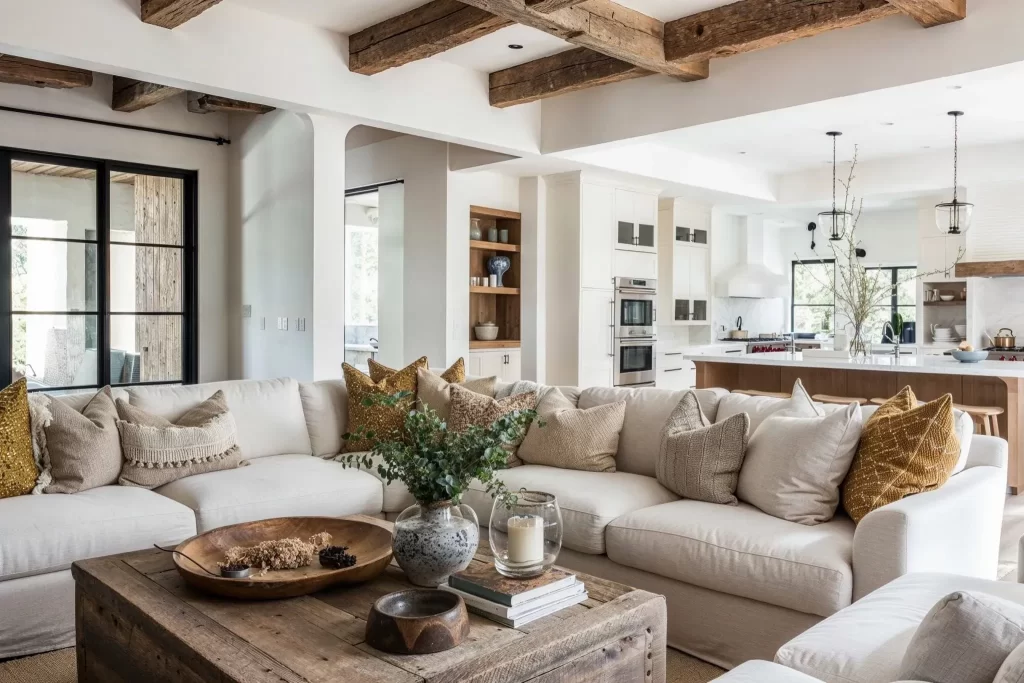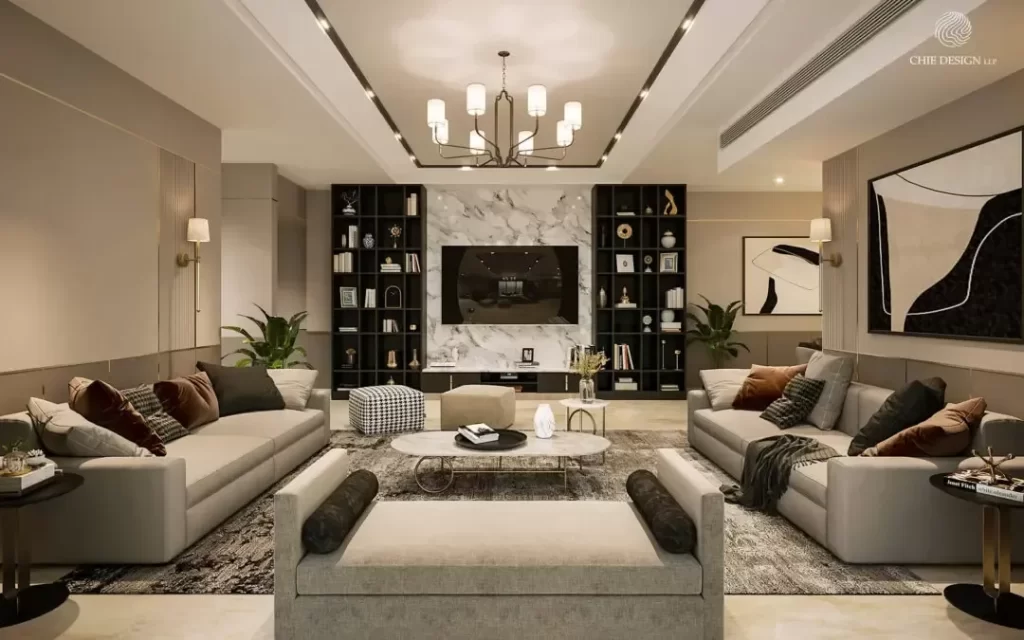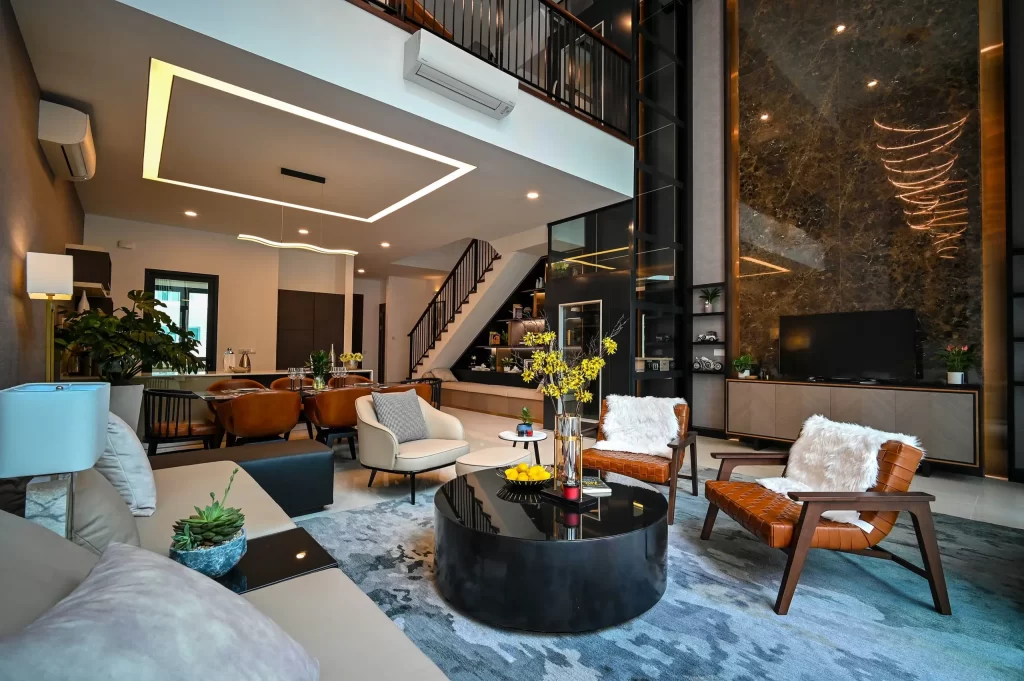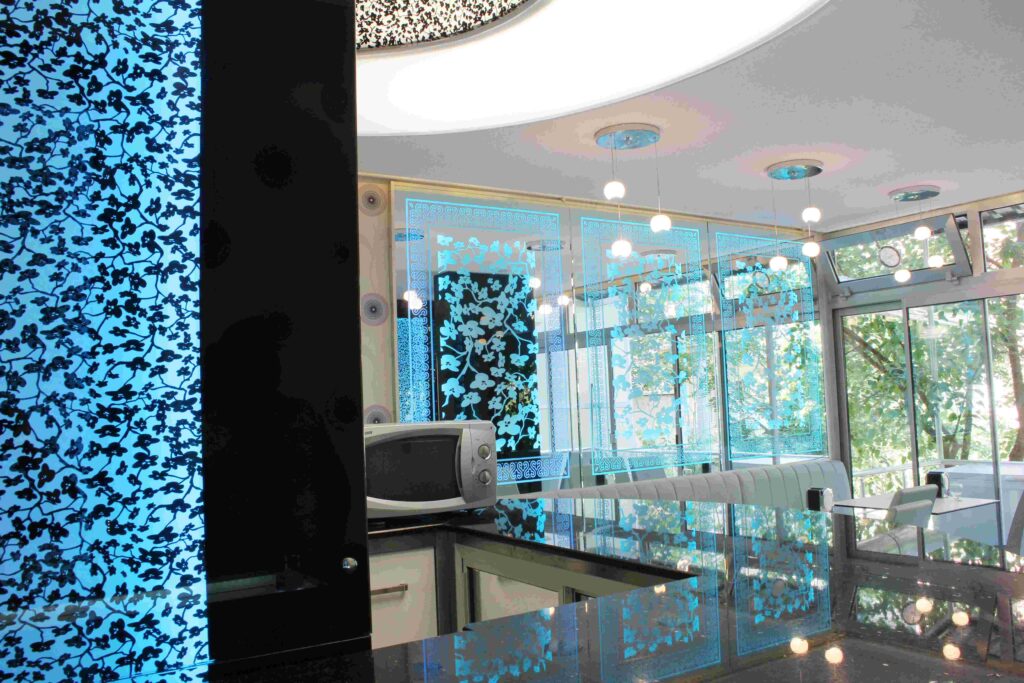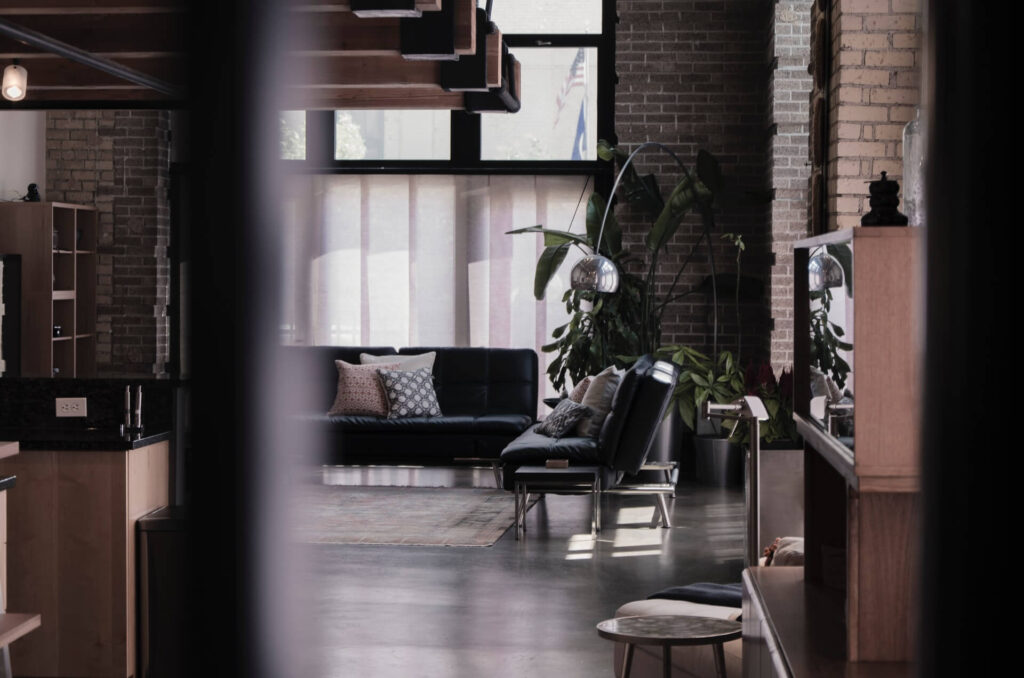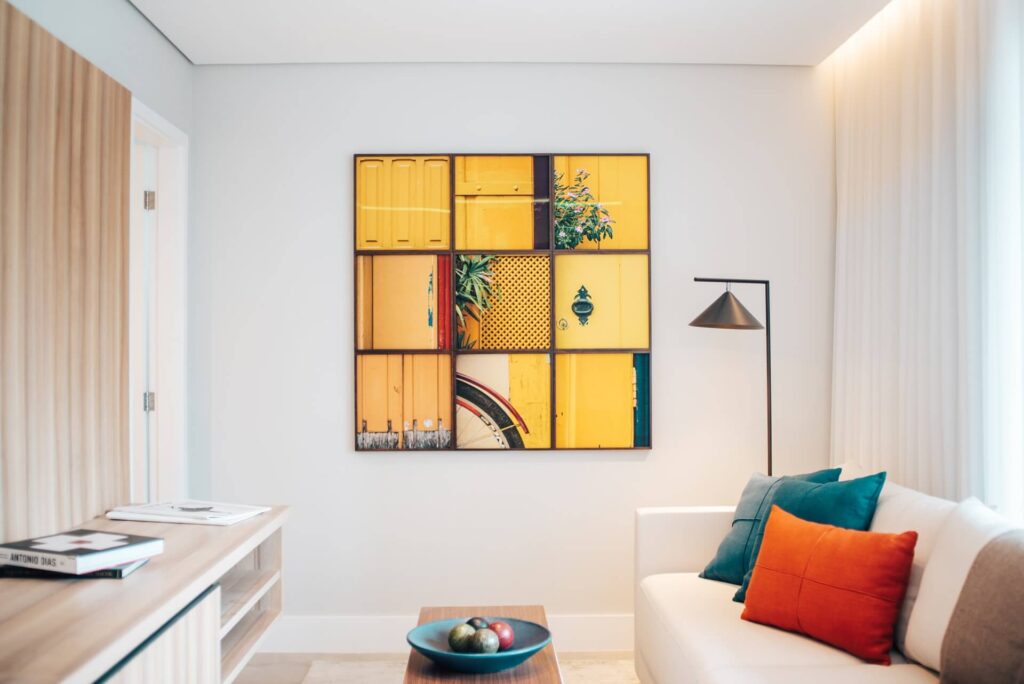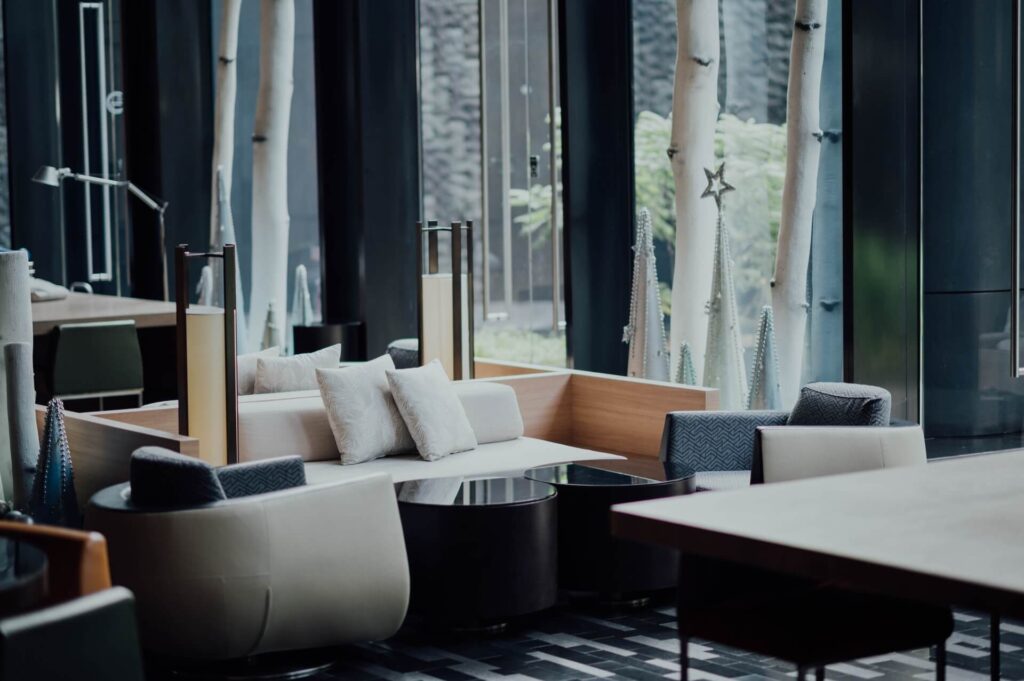The Ultimate Guide to Choosing the Right Interior Designer in Trivandrum
The Ultimate Guide to Choosing the Right Interior Designer in Trivandrum If so, you won’t have to look any further! Finding the best interior designer in Trivandrum could be a huge task, but with the right guide, they can convert a dull place into a glamorous and useful one. Why Choose the Best Interior Designers in Trivandrum? Knowledge and Experience: The best interior designers in Trivandrum bring years of experience and a huge canvas of knowledge to the project. Resulting in creative and innovative designs with flawless execution. Personal Touch: The best interior designer in Trivandrum know that every client is different. They listen to your ideas, preferences, and budget, thereby arriving at customized solutions within the framework of your vision. All-Matter Service: The best interior designer in Trivandrum provide all sorts of services—from initial consultation, space planning, and any matter related to the project to its completion and handing-over, making it a very less-hassle approach. Quality and Craftsmanship: The best interior designer in Trivandrum focus on high-class raw materials and skilled labor for every detail to be impeccable. Locally Aware: The best interior designer in Trivandrum understand well what the present trends, materials, and resources are so they can develop beautiful designs that reflect the current stylish mood but yet are practical in the Trivandrum climate and lifestyle. Services Offered by the Best Interior Designer in Trivandrum Whether it be residential interior design, Trivandrum has the designers as the best interior designers who magically create the dream home by combining stylistic with functional designs in giving the essence of living to every detail. Commercial Interior Design: The best interior designer in Trivandrum make your workspace such that it inspires your employees to toil and gives a reflection of brand identity. Modular Kitchen Designing: Modular kitchens have it all, whether the space has beauty or functionality; the best interior designer in Trivandrum would design it for you. Ceiling Works and Lighting: Brighten up your space through the best interior designers in Trivandrum—they create modern ceiling designs and hi-tech lighting facilities. Furniture Selection and Making: The best interior designers in Trivandrum provide you with the assistance of selecting the perfect furniture items according to your design or making custom furniture as per your needs. Finding the Best Interior Designers in Trivandrum for Your Project When you are looking for the best interior designers in Trivandrum, consider the following: Portfolio: Check their portfolio that shows the works done in the past and helps assess the design style. Testimonials: Read testimonials of clients to understand their professionalism and how good their customer service is. Consultation: This is your project, and hence you should organize a consultation with them to feel their communication style and how they understand your needs. Budget: The budget should be discussed upfront so that the concern could develop a design that would be affordable for your financial requirements. Transform Your Space Today Do not choose the ordinary in place of the extraordinary! Turn your ideas into reality with the best interior designers in Trivandrum, creating a space you will love for several years! Whether it is the best Designers , you have plenty of choices choosing the Best Designers. The right professional best interior designers in Trivandrum will keep you happy for many years to come. When searching for the best interior designers in Trivandrum, make sure you check out all of the options! The best interior designers in Trivandrum are up and running!
The Ultimate Guide to Choosing the Right Interior Designer in Trivandrum Read More »

